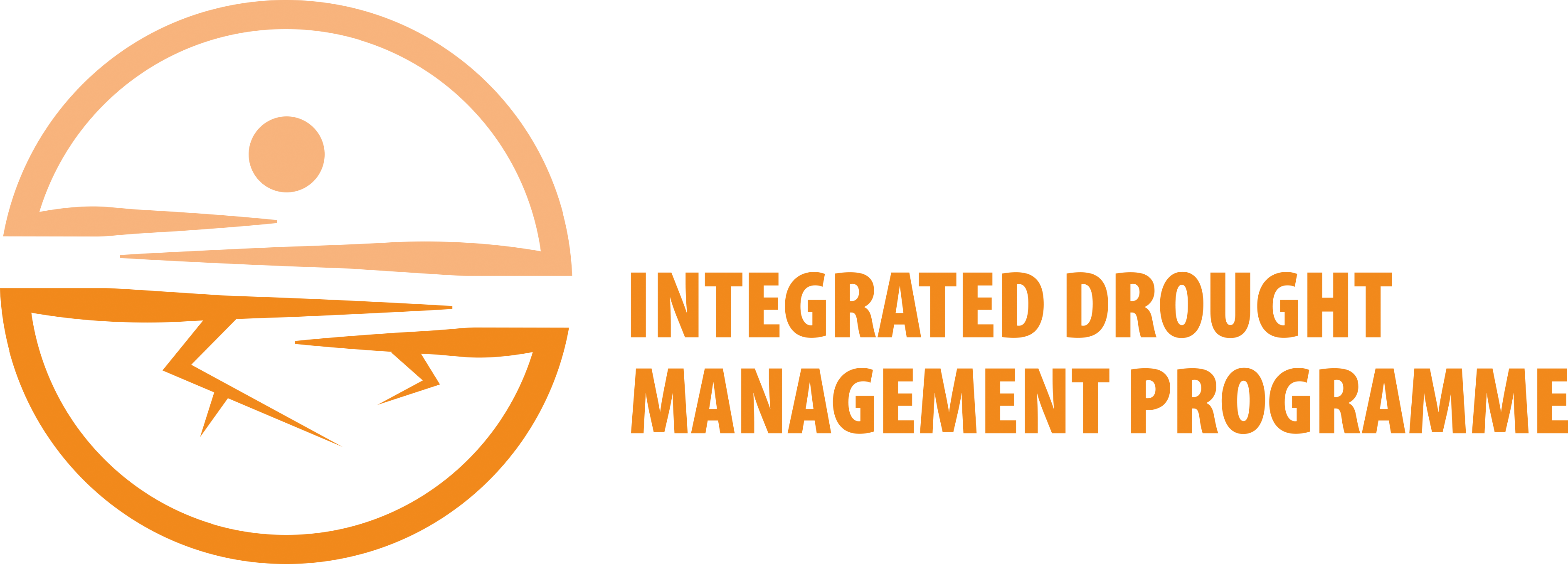Vegetation Condition Index (VCI)
Index name: Vegetation Condition Index (VCI).
Ease of use: Green.
Origins: Developed from work done by Kogan with NOAA in the United States.
Characteristics: Using AVHRR thermal bands, VCI is used to identify drought situations and determine the onset, especially in areas where drought episodes are localized and ill defined. It focuses on the impact of drought on vegetation and can provide information on the onset, duration and severity of drought by noting vegetation changes and comparing them with historical values.
Input parameters: AVHRR satellite data.
Applications: Used in conjunction with NDVI and TCI for assessment of vegetation in drought situations affecting agriculture.
Strengths: High resolution and good spatial coverage.
Weaknesses: Potential for cloud contamination as well as a short period of record.
Resources: Methodology and calculations are provided in the literature and online products are available at the NOAA STAR – Global Vegetation Health Products webpage. Additional resources can be found at the Copernicus Global Land Service and the Flood and Drought portal developed by GEF, UN Environment, IWA and DHI.
References:
Kogan, F.N., 1995: Application of vegetation index and brightness temperature for drought detection. Advances in Space Research, 15(11): 91–100. DOI: 10.1016/0273-1177(95)00079-T. (For more information on this paper, please contact the IDMP HelpDesk).
Liu, W.T. and F.N. Kogan, 1996: Monitoring regional drought using the Vegetation Condition Index. International Journal of Remote Sensing, 17(14): 2761–2782. DOI: 10.1080/01431169608949106. (For more information on this paper, please contact the IDMP HelpDesk).
Kogan, F.N. 1997: Global drought watch from space. Published Online: 1 April 1997. Bulletin of the American Meteorological Society. DOI: 10.1175/1520-0477(1997)078<0621:GDWFS>2.0.CO;2.
Currently used by: Iran.


